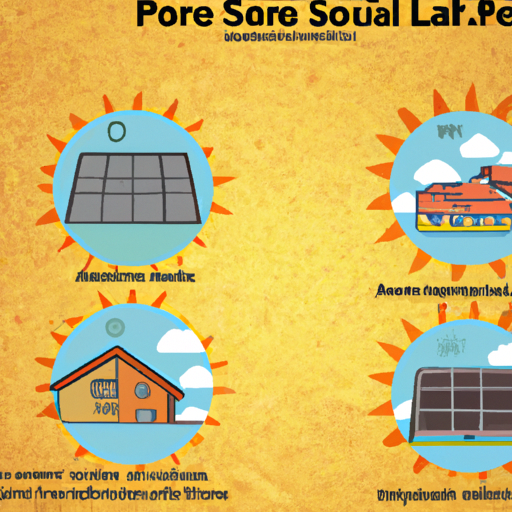Are you ready to take the leap into solar energy and wondering how to choose the best location for your solar panels? Look no further! In our informative article, we will guide you through the process of finding the perfect spot for your solar array. Whether you’re considering installing solar panels on your roof or in your backyard, we’ll provide you with all the essential tips and factors to consider. Get ready to harness the power of the sun and maximize your energy efficiency!
By reading our article, you’ll gain a comprehensive understanding of how factors such as sunlight exposure, shading, roof orientation, and local climate can impact the performance of your solar panels. We’ll also provide you with helpful tools and resources to assess the solar potential of your location and determine the best placement for your panels. So, if you’re eager to start producing your own clean and renewable energy, stay tuned for valuable insights on how to choose the best location for your solar panels. Let’s embark on this exciting journey together! Choosing the best location for your solar panels is crucial for maximizing their efficiency and ensuring the highest possible energy output. Factors such as sunlight exposure, shade and obstructions, roof slope and orientation, available space, local regulations and permits, and your specific energy needs all play a role in determining the ideal location for your solar panels. In this article, we will guide you through each of these factors to help you make an informed decision.
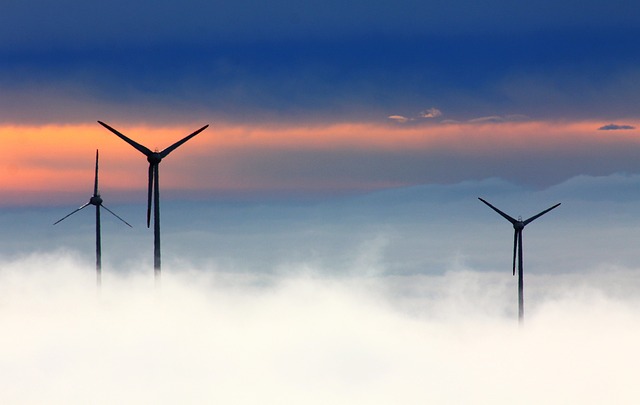
This image is property of pixabay.com.
Sunlight exposure
Understanding solar energy is the first step in determining the best location for your solar panels. Solar panels harness sunlight and convert it into electricity through the photovoltaic (PV) effect. Therefore, it is crucial to position your panels in an area that receives ample sunlight throughout the day.
Direct sunlight is the most effective form of solar energy, as it provides the highest energy output. However, indirect sunlight can still contribute to the overall energy generation. To calculate the amount of sunlight your location receives, you can use the concept of sun hours. Sun hours represent the number of hours in a day when sunlight is of sufficient intensity for the panels to generate electricity.
Shade and obstructions
Identifying potential shade sources is crucial when choosing the location for your solar panels. Shade can significantly reduce the energy output of your panels, so it’s important to minimize or eliminate shade as much as possible. Obstructions such as nearby buildings, trees, and other structures can cast shadows on your panels, reducing their efficiency.
If you have trees close to your home, consider trimming or removing branches that cast shade on your roof. Additionally, performing an obstructed view analysis will help you determine if there are any potential obstacles, such as nearby buildings, that could create shading issues.
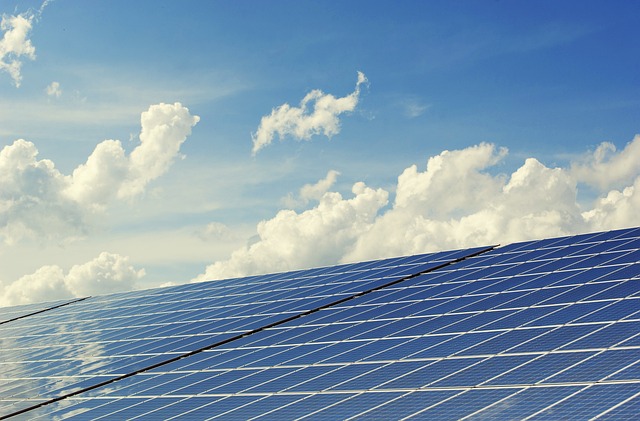
This image is property of pixabay.com.
Roof slope and orientation
The slope and orientation of your roof also play a significant role in determining the best location for your solar panels. The ideal roof slope for solar panels depends on your location’s latitude. Generally, a roof with a slope close to the latitude angle will maximize solar energy absorption.
Roof orientation refers to the direction your roof faces. South-facing roofs tend to receive the most sunlight throughout the day in the northern hemisphere, while north-facing roofs are optimal in the southern hemisphere. East and west-facing roofs can also work well, but they may receive slightly less sunlight.
If your roof slope or orientation is not ideal, you can consider using tilting mechanisms to adjust the angle of the panels. Tilting the panels can help optimize their exposure to sunlight throughout the year.
Available space
Determining the available space for your solar panels is essential for a successful installation. If you have limited roof space, you may need to consider alternative options such as ground-mounted solar panels. Ground-mounted panels can be placed in your yard or any other available space on your property.
Optimizing the use of space is crucial to maximize the energy output of your solar panels. Consider the layout and arrangement of the panels to ensure they receive ample sunlight and minimize any shading caused by neighboring panels.
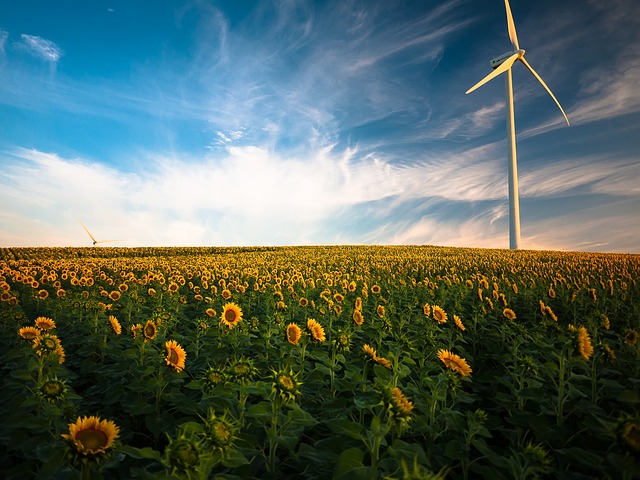
This image is property of pixabay.com.
Local regulations and permits
Before installing solar panels, it is important to familiarize yourself with local regulations and obtain any necessary permits. Local regulations may dictate where you can install your solar panels, the maximum size allowed, and any other specific requirements for installation.
The permit application process can vary depending on your location, so it is advisable to consult with professionals who can guide you through the process and ensure compliance with all regulations.
Assessing energy needs
To determine the size of your solar panel system, you need to assess your current energy consumption and evaluate your future energy requirements. Calculate your average monthly and annual energy consumption using your utility bills. This will help you estimate the size of the system needed to meet your energy needs.
Keep in mind that your energy consumption may change over time, so it’s important to consider any potential increases or decreases in the future. This will ensure that your solar panel system continues to meet your energy requirements in the long run.
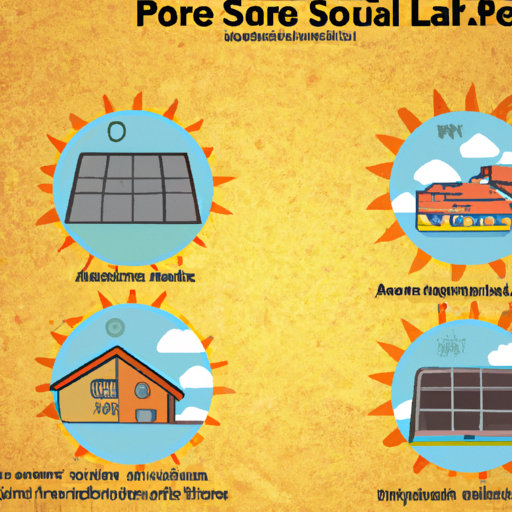
Financial considerations
When choosing the best location for your solar panels, it is important to consider the financial aspects of the project. Conduct a cost-benefit analysis to determine the potential savings and payback period of your investment. Consider the initial installation costs, maintenance expenses, and any financing options available to you.
Incentives and rebates offered by government entities and utility companies can significantly reduce your upfront costs and improve the return on investment. Research the incentives and rebates available in your area to make the most informed decision.
Installation and maintenance
Deciding whether to install the solar panels yourself or hire professionals is an important consideration. DIY installation can save you money, but it requires a certain level of expertise and knowledge. If you are not confident in your abilities, it is recommended to hire professionals who can ensure a safe and efficient installation.
Regular maintenance and monitoring are essential to keep your solar panel system functioning optimally. Cleaning the panels periodically to remove dirt and debris will help maximize their efficiency. Monitoring the system’s performance and addressing any issues promptly will ensure its longevity.
Lastly, ensure that your solar panel system is covered by a warranty and appropriate insurance. This will protect you against any unexpected repairs or damages.

Conclusion
Choosing the best location for your solar panels is a critical step in maximizing their energy output and reaping the benefits of solar power. Consider factors such as sunlight exposure, shade and obstructions, roof slope and orientation, available space, local regulations and permits, and your specific energy needs. By taking these factors into account and making informed decisions, you can ensure a successful solar panel installation that will provide you with clean, renewable energy for years to come. With HomeSolarDIY as your guide, you have everything you need to embark on this eco-friendly and sustainable journey.

